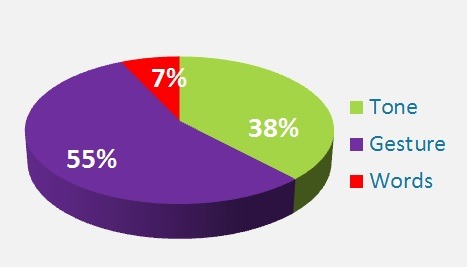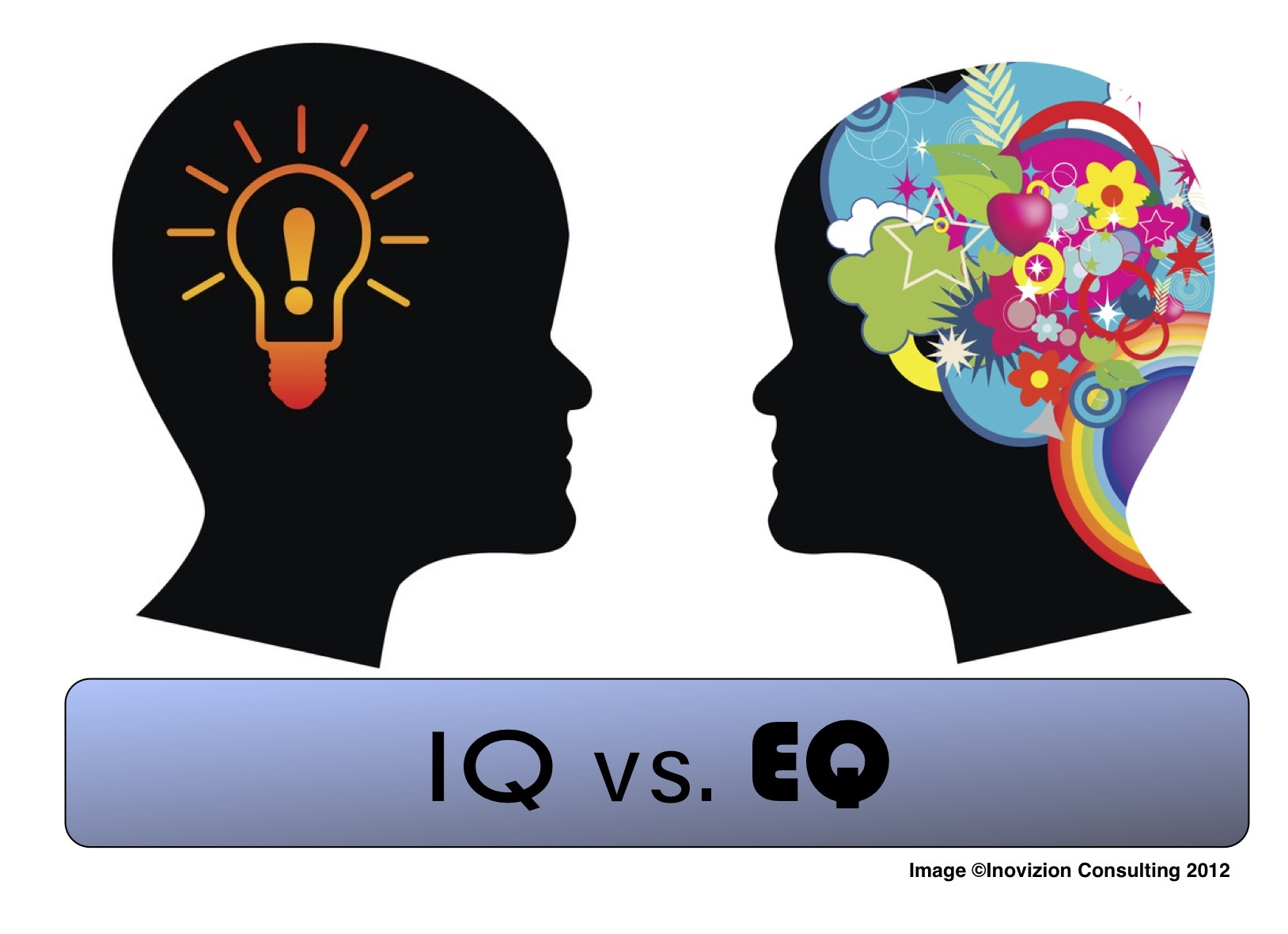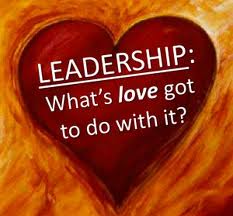The Underutilized Talents of Women Leaders
There is a Difference of vision between men and women
Many companies are currently struggling with realizing and adapting to the differences in male and female mentalities in the workplace. As described in a Forbes online article, Retention of Female Executives – How to Get it Right by Dr. Cindy Wahler, “Men begin the process with the bottom line and engage in tactics. These tactics dictate the approach on how they need to grow their business, build client relationships, and be more competitive.
Women on the other hand work first to build inclusion, relationships both internal and external are cultivated as the platform from which negotiations are then launched. The process of discussing the merits of an approach, sorting out who does what and when, as well as determining the best combination of skills is an approach that is articulated out loud. A collaborative process then drives consensus, agreed upon roles, and ongoing dialogue.”
This difference has caused many women executives to feel a sense of isolation and that the company’s decision makers are not paying attention. This causes many skilled women executives to leave their jobs at the peak of their careers either to go to the non-profit sector or to look for the organization that will align with their values and give them a sense of purpose !
The Workplace even when it promotes diversity is still hostile

Women in the workplace are highly susceptible to feelings of dissatisfaction and unhappiness due to the structure of how things are done within the company. Men and women have different tactics and strategies, and this difference can create a sense of isolation and discord.
Many subconscious feelings of dissatisfaction and unhappiness can be manifested through experiencing numerous emotions, and this is especially true for women leaders and women executives. Some of the symptoms include:
Constantly feeling out of place
A sense of frustration because you can’t seem to ever get ahead even though you believe and know that you have good ideas
Aggravation that your job seems to be more about continuously putting out fires and fixing problems, which requires a lot of “have to” and “need to” energy
You know ways to accomplish more with less stress in less time with less effort but no one is willing to listen
Stressing out over workplace conflict created by the conflicting and competing visions between men and women
Tired of the all too common “negative” corporate culture where the focus is strictly on profit and competition
Not fitting into the “men” mold that is integrated into the corporate culture
Finding yourself limited in your actions
Realizing that your core values are not honored
Any regrets
This difference, if overlooked, costs millions of dollars to organizations
All too often, organizations assess the lack of stability of women executives to a “woman trait”. They rarely question the fact that the culture and values of the organization might be outdated and not represent their workforce or even their clients anymore. Organizations, made by people, are afraid of change and believe that something terrible will happen if they take a leap of faith to do something different. Many of us do not realize that the status quo hold many women back which limit the creativity and ability of an organization to innovate. Moreover, we “push” women to stay at a job that makes them unhappy .
Corporate America has changed, the culture of organizations can change as well

It is very important to be able to identify things that are causing dissatisfaction in your life or in your organization. These can be detrimental to your well-being, your female workforce level of engagement and your bottom line.
Remember the last time you took a leap of faith, like many of us you regretted you didn’t make the decision sooner. Don’t let this be you or your organization! Utilize Human Capital consciously and respectfully by exploring women’s vision and creating a new culture with shared values!



















